- Mahsa S. Y.
- News
- 30407 views
- 11 comments
- historical
Simurgh is the name of a mythical bird of ancient Iran. This bird is called Simorgh, Simurg, or Persian Phoenix bird. Simorgh symbolizes strength and beauty in Iran and the world because of its unique features. In Iran and the neighbouring countries of Iran, which in the distant past were a part of the great Iran land, there are many historical, artistic, and cultural works with the symbol of Simurgh. In this article, we will learn more about this legendary winged creature.
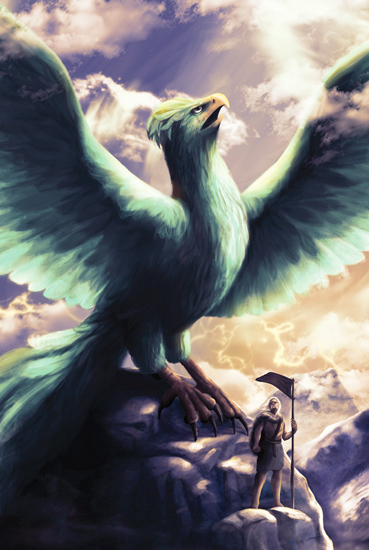
Simurgh VS. Phoenix Bird
Today, many people know Simurgh and Phoenix birds as the same birds. Still, Phoenix is a legendary Greek mythical flying creature, and Simorgh is a legendary Persian bird. Simurgh and Phoenix birds are very similar in appearance and many Iranians call both of them Ghoghnoos, still, they also have differences.
According to ancient Persian artworks and literature, the most notable difference between the birds Phoenix and Simorgh is their size; Phoenix is a significant and robust winged creature, while Simorgh has an exaggerated grandeur. The size and strength of Simorgh are so great that according to legends if Simurgh opens its wings, its wingspan is as wide as a mountain. Another apparent difference between Simorgh and Phoenix bird is that Simorgh's feathers have thousands of colors, but Phoenix doesn't. The next difference between the Phoenix bird and Simurg is that Phoenix always has fiery feathers on its wings, and Simurgh doesn't.
Despite all these interpretations, the Persian word "Simorgh" is translated into Phoenix in Latin. It is customary worldwide to know these two birds as one mythical flying creature, with only different names in different languages. Still, now you know the differences between the Phoenix mythology and Simurg. So in the following, we describe Simurgh, known as Persian Phoenix, and its features.
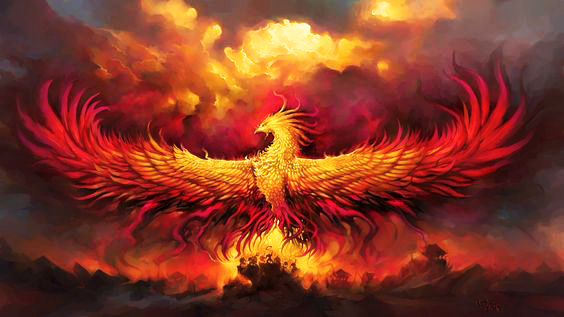
Is there A Phoenix Bird in Real Life?
Do phoenix birds exist? As mentioned before, the Phoenix bird is a mythical bird. It means that there is a mythology about an extraordinary creature in some cultures among people with magical stories about it. So the Simurgh bird or Phoenix lives in fairy tales and does not exist physically.
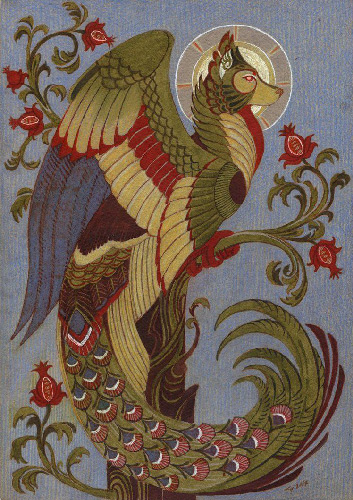
Cyrus Crafts; Luxury & Unique Products
The Origin of Simurgh
The word "Simurgh" is made up of two Persian words, "Si" means 30, and "Murgh", "morgh", or "murg" means bird. According to the "Manteqolteyr" book by Attar Neishaburi, a great Iranian poet and mystic, Simurgh in Persian consists of 30 united birds, each representing a feature of the human being. Many people believe Attar Neishaburi created the mythical bird Simurgh in the Manteqolteyr; however, Simorgh plays a vital role in Ferdowsi's Shahnameh, written centuries before the Manteqolteyr of Attar.
The Great Ferdowsi was not responsible for creating Simurgh, too, since he used to add his own stories to the myths already alive among the people. To keep the Persian language alive, He wrote the Shahnameh.
Ancient artifacts from archaeological excavations, such as Persian miniature paintings, show that Simurgh is intertwined with the history of ancient Iran. The symbols of Simorgh are even found in the oldest collection of writings and songs of Zoroastrians, which dates back to 648 years before Christ. Therefore, Simorgh, or Persian Phoenix, was known as a mythological bird among Iranians from the distant past.
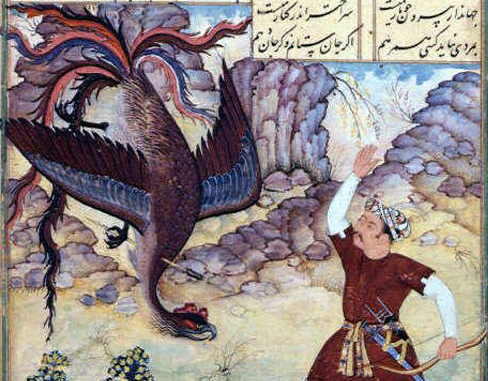
Simurgh Story
Simurgh's story is a great literary masterpiece with numerous moral lessons. Once upon a time, a conference of the birds gathered together to decide on a leader for their community. One professed that the bird leader already exists in the Qaf Peak. So, they started a journey to find the leader bird Simurgh.
The course contained seven challenging stages in which several birds got tired or deceived by some cheap delights, so they left the course. At the end of the journey, there were only thirty birds, each representing a feature of humanity, such as love, joy, kindness, etc. When they reached the Qaf, they understood that the Simurgh was nothing but their unity.
From the Simurg mythical bird story, we can conclude that humankind can overcome all challenges and reach the peak of success with unity and persistence. It is why the Simurgh symbolism is respectful to Iranian people, who use it to teach life lessons to their children.
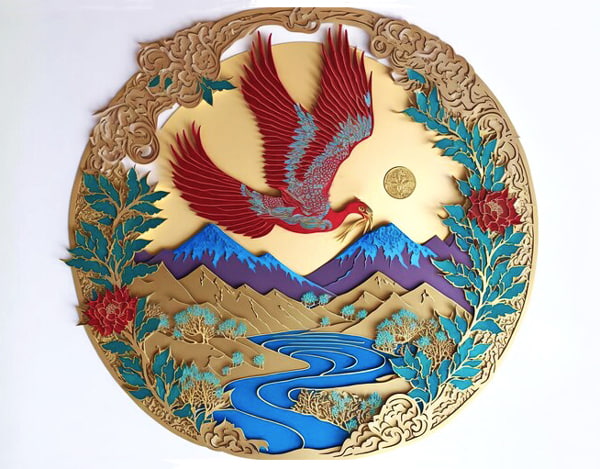
Where Does Simurgh Live?
According to Attar, Simurgg's residence is on the top of a mountain called Qaf: although there is no mountain with this name on the geographical maps of the Earth. According to Attar, the Qaf Peak is the world's highest and most challenging peak, and reaching that peak is hard and exhausting.
According to Ferdowsi's Shahnameh, Simorgh's residence was in the heart of Alborz mountain. Interestingly, Simorgh's nest is on a tree containing all plants' seeds in the Zoroastrian Bible Avesta. We can find paintings of Simurgh in many Persian drawings, such as canvas paintings, showing the Persian Phoenix on the top of Qaf's peak.
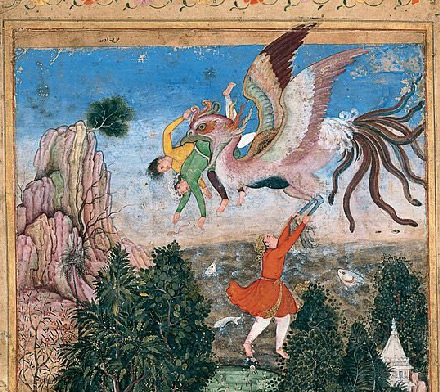
What Does Simurgh Symbolize?
According to the legends of Iran, Simurgh in Persian is a symbol of wisdom, greatness, power, ambition, honor, and unity. In Ferdowsi's Shahnameh, at Rostam's birth time, Simurgh appeared at Rostam's mother's bedside and ordered surgery on that mother's stomach, the first operation in the world, to perform the "Rostam birth" surgery.
According to ancient Persian legends, Simurgh, as a symbol of greatness and power, is so strong that it can simultaneously lift several elephants from the ground and fly with them. According to Attar, more than a thousand birds went to Qaf Peak to meet Simurgh; most of them were caught by cheap things and stopped; only 30 reached Qaf Peak due to their unity and perseverance.
But the most exciting point in the story of Attar's Manteqolteyr is that when these thirty birds reached the top of Qaf, they realized they were their Simurgh. Their unity and efforts were the cause of this issue. Many Iranian handicrafts contain Persian Phoenix mythological bird signs standing for these symbols.
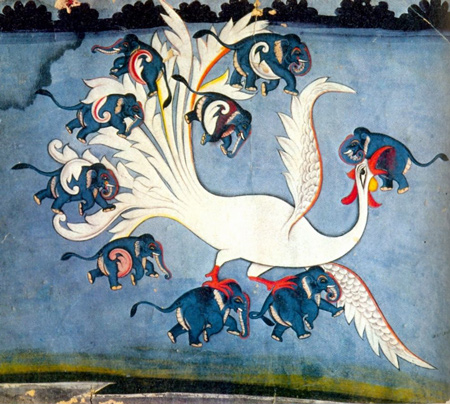
Simorgh or Persian Phoenix in ancient buildings
In many historical buildings left from ancient Iran, there are symbols of Simorgh or the Persian Phoenix bird in the building's exterior architecture or interior design. In some buildings, the Simurgh, a symbol of power and greatness, is a palace pillar. Some buildings have a flight on the roof, while others have paintings or tiles with the shape of Simorgh in beautiful Persian colors.
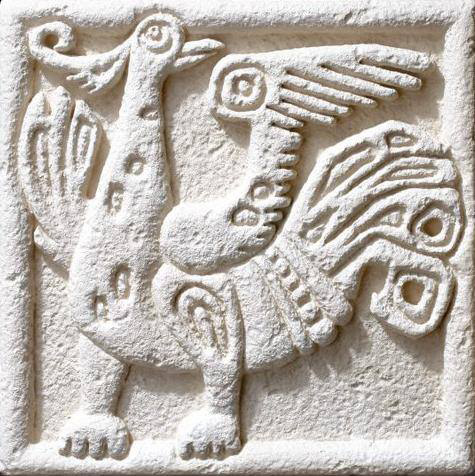
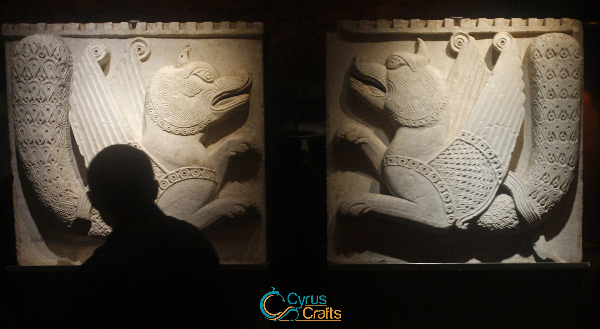
Simurgh in Ancient Artworks
In many ancient Iranian handicrafts, such as wood carving, calligraphy drawing, and carpet weaving, as well as wall hangings or paintings in ancient books, you can see the Persian Phoenix image. Since the Simorgh is a symbol of greatness, power, and integrity, the ancient Iranians were very interested in this legendary creature and used this symbol abundantly.
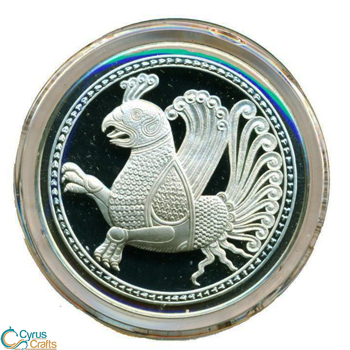
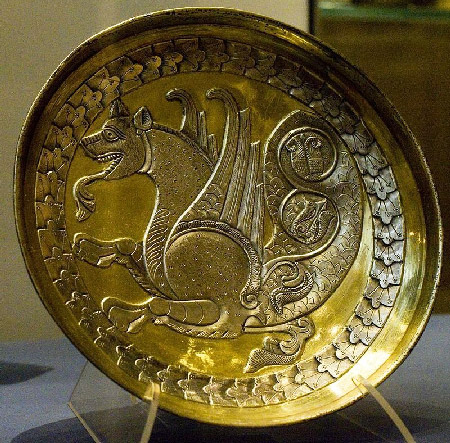
Simurgh in Persian Literature
As mentioned, Simorgh was one of the most used symbols in Persian literature. Several Persian texts contain the legendary Simurgh or the Persian Phoenix bird, including Avesta, Ferdowsi's Shahnameh, which took 30 years to compose, and Manteqolteyr of Attar, Ala'i's Nuzhat Name, the first Persian encyclopedia, and Bahr Al-Fayd.
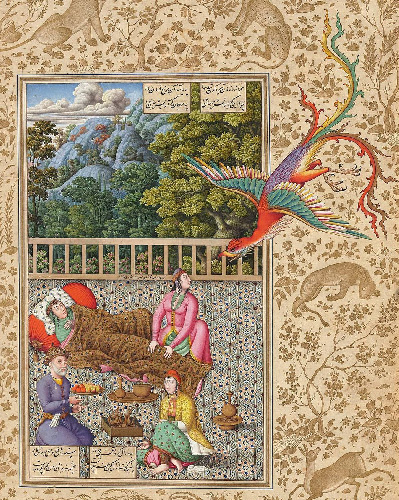
Simorgh in Iran's Today Art and Industry
Simorgh, the Persian Phoenix, is remarkable among Iranian artists in the distant past and today's myth industry in Iranian handicrafts, wall art designs, accessories, carpet designs, and wall rugs. CyrusCrafts team has planned an arrangement to present this beautiful symbol of Iran in its products to you art lovers. For example, some Iranian miniature painting products on the CyrusCrafts website contain the beautiful Phoenix bird or Simorgh. The following pictures show samples of Persian handmade accessories and sculptures with a Simurgh Persian design.
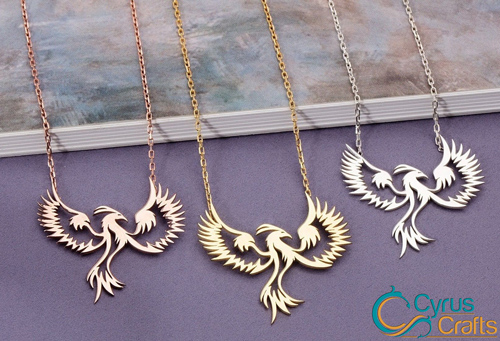
As you saw, Simurgh is a Persian mythical creature. There are many mythical and legendary creatures in ancient Iran's myths. For example, there is a legendary evil character named Manticore, and because of its wings, we can also call it a mythical bird; but Manticore is not like a bird at first glance.
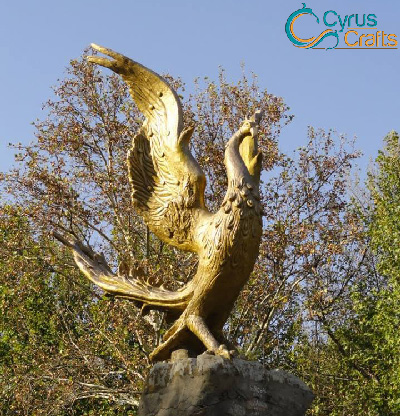
If you want to get familiar with the Manticore monster, read the article "Manticore." Please tell us what you know about mythical creatures and how many legends your country has.







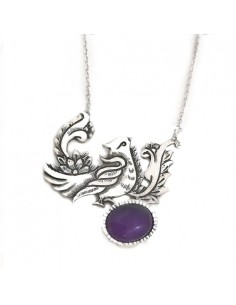

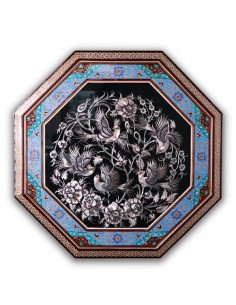

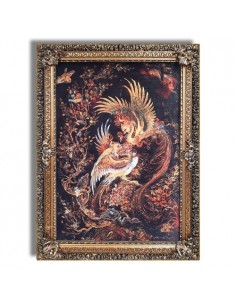

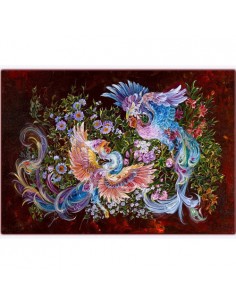

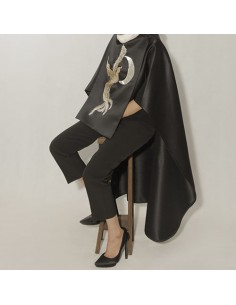

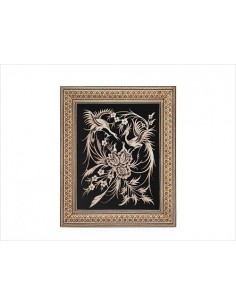

Comments (11)